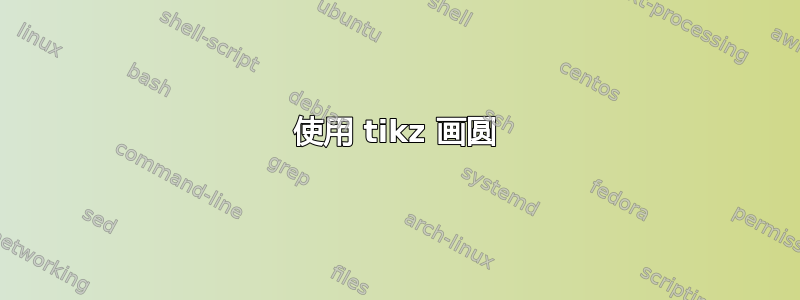
答案1
有无数种方法可以绘制这个图形。恕我直言,将半径和角度存储在函数中是有意义的。
\documentclass[tikz,border=3mm]{standalone}
\usetikzlibrary{angles}
\usepackage{amsmath}
\DeclareMathOperator{\sen}{sen}
\begin{document}
\begin{tikzpicture}[declare function={R=5;theta=30;},line join=round]
\draw (0,0)coordinate[label=below:{$(0,0)$}] (O) circle[radius=R]
(90:R) node[above]{$\theta$};
\draw (90+theta:R) coordinate[label=above:{$z^*$}] (z*)
-- node[below=1ex] {$1$}(O) -- node[below=1ex] {$1$}
(90-theta:R) coordinate[label=above:{$w^*$}] (w*)
-- node[above] {$2\sen(\frac{\theta}{2})$} coordinate (p) cycle;
\draw[dashed,angle radius=1.25cm,pic actions/.append style={draw}]
pic{angle=O--z*--w*}
pic{angle=z*--w*--O}
pic[pic text={$\theta$},angle eccentricity=1,
pic text options={anchor=south west}]{angle=w*--O--z*}
(O) -- (p);
\end{tikzpicture}
\end{document}




